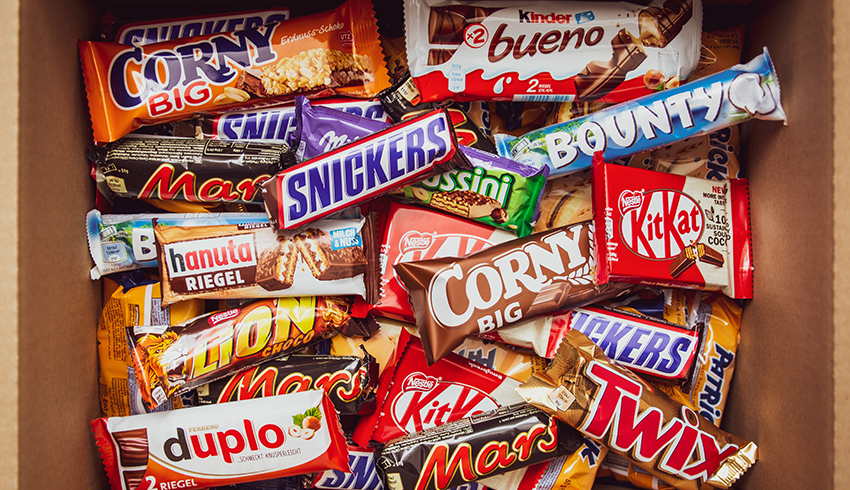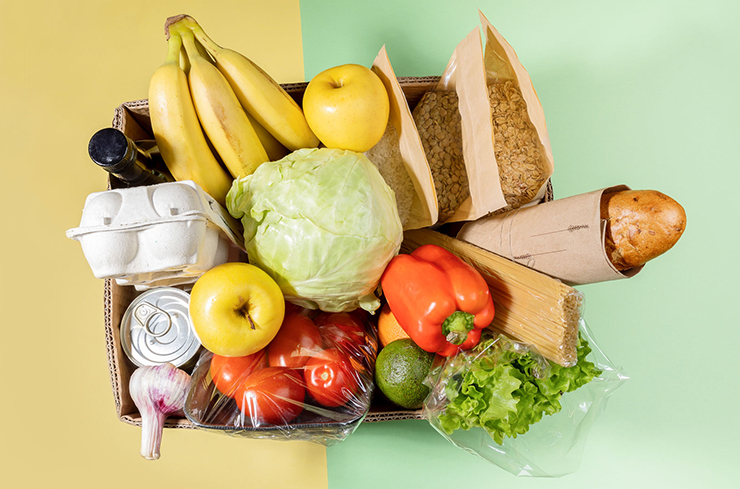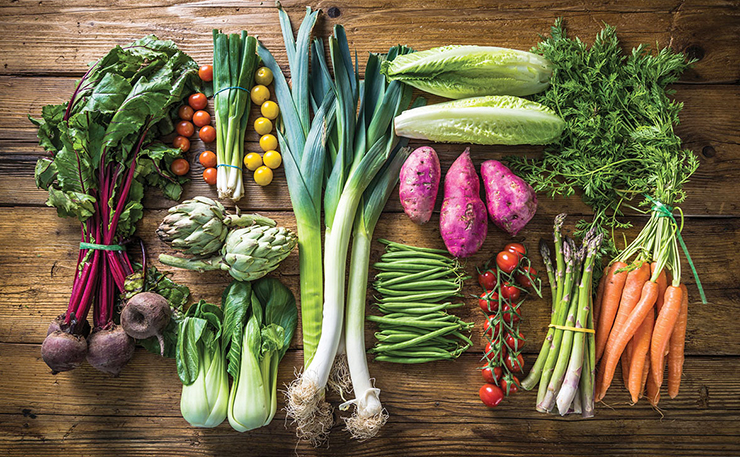Glycemic Index of a Healthy Diet

The glycemic index is one of the key characteristics that helps to divide food into healthy and harmful. Foods with a low glycemic index are acceptable with proper nutrition, while foods with a high glycemic index lead to weight gain.
In total, the glycemic index scale consists of 100 units — where 100 is the maximum and 0 is the minimum. Low glycemic index is considered to be below 35 units.
Don’t forget that the glycemic index also depends on the method of cooking. For example, undercooked wheat pasta (by ‘al dente’ cooking method) will have a lower glycemic index than soft pasta cooked in traditional way.

Foods with a high glycemic index
Foods with a high glycemic index are foods that contain simple carbohydrates with a high absorption rate. They quickly give their calories to the blood in the form of glucose, overflowing the body with excess energy. If this energy is not currently needed for the muscles —then it goes to body fat.
White bread 100
Sweet buns 95
Pancakes 95
Baked potatoes 95
Rice noodles 95
Canned apricots 95
Honey 90
Instant porridges 85
Carrots (boiled or stewed) 85
Corn flakes 85
Mashed potatoes, boiled potatoes 85
Muesli with nuts and raisins 80
Sweet pastries 75
Pumpkin 75
Watermelon 75
Melon 75
Millet 70
Carrots (raw) 70
Chocolate bars (Snickers, Mars, etc.) 70
Milk chocolate 70
Sugary carbonated drinks (Coca-Cola, Pepsi, etc.) 70
Pineapple 70
Dumplings 70
White rice 70
Potato chips 70
Sugar 70
Couscous 70
Semolina 70

Foods with a medium glycemic index
While regular and excessive consumption of foods with a medium glycemic index negatively affects the overall blood sugar level and disrupts metabolic processes in the body, then moderate consumption of such foods (for example, oatmeal) can have a positive effect on the body.
Wheat flour 65
Orange juice (packaged) 65
Jams 65
Black yeast bread 65
Marmalade 65
Muesli with sugar 65
Raisins 65
Rye bread 65
Boiled potatoes in jackets 65
Whole grain bread 65
Canned vegetables 65
Macaroni with cheese 65
Banana 60
Ice cream 60
Long-grain rice 60
Mayonnaise 60
Oatmeal 60
Buckwheat (brown) 60
Grapes and grape juice 55
Ketchup 55
Spaghetti 55
Canned Peaches 55
Shortbread 55

Foods with a low glycemic index
Foods with a low glycemic index are primarily natural foods that contain a lot of fiber.
Sweet potato 50
Green buckwheat (buckwheat without pre-roasting) 50
Quinoa 50
Basmati rice 50
Oranges 50
Kiwi 50
Mango 50
Brown rice 50
Grapefruit 45
Bulgur 45
Fresh orange juice 45
Whole grain toast 45
Dried figs 40
Pasta cooked ‘al dente’ 40
Dried apricots 40
Prunes 40
Wild (black) rice 35
Fresh apple 35
Fresh plum 35
Fresh quince 35
Beans 35
Fresh nectarine 35
Pomegranate 35
Fresh peach 35
Tomato juice 30
Fresh apricot 30
Pearl barley 30
Brown lentils 30
Green beans 30
Fresh pear 30
Fresh tomato 30
Fat-free cottage cheese 30
Yellow lentils 30
Blueberries, lingonberries 30
Bitter chocolate (more than 70% cocoa) 30
Milk (any fat content) 30
Passion fruit 30
Fresh mandarin 30
Blackberry 20
Cherry 25
Green and red lentils 25
Fresh raspberry 25
Redcurrant 25
Soy flour 25
Strawberries 25
Pumpkin seeds 25
Gooseberry 25
Peanut butter (without sugar) 20
Eggplant 20
Almond 15
Broccoli 15
Headed cabbage 15
Cashew 15
Celery 15
Brussels sprouts 15
Cauliflower 15
Chili pepper 15
Fresh cucumber 15
Hazelnut, pine nuts, pistachios, walnuts 15
Asparagus 15
Ginger 15
Mushrooms 15
Zucchini 15
Pesto 15
Olives 15
Peanut 15
Tofu (bean curd) 15
Soy 15
Spinach 15
Avocado 10
Lettuce 10
Chia seeds, flaxseed 10
Parsley, basil, vanillin, cinnamon, oregano 10

